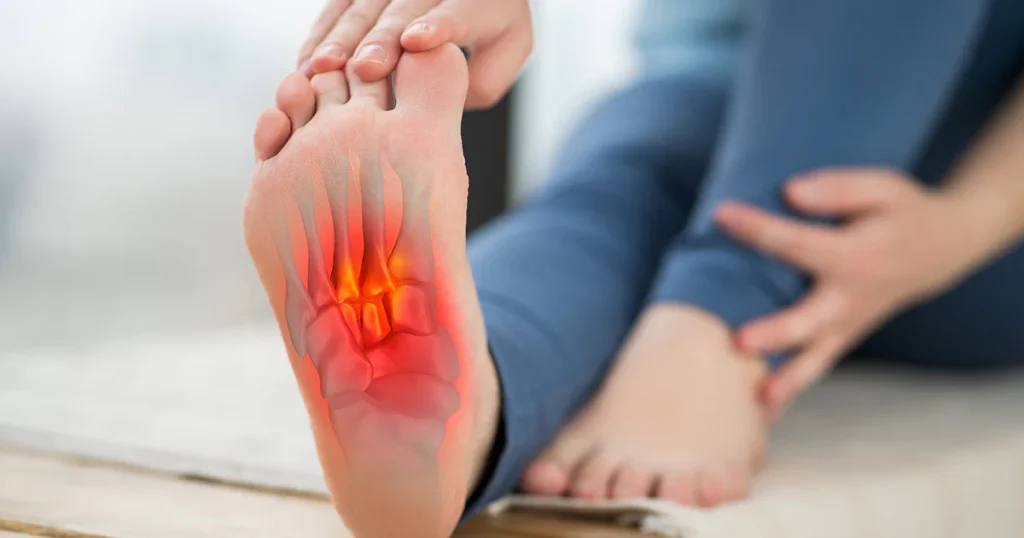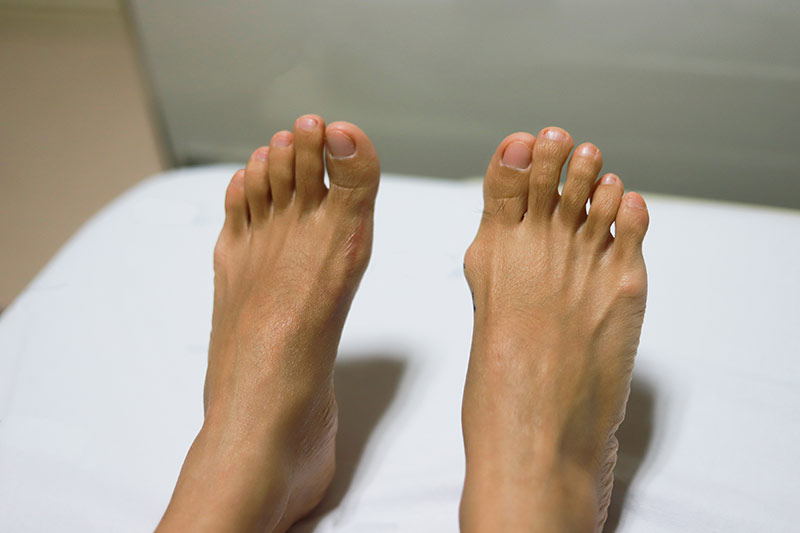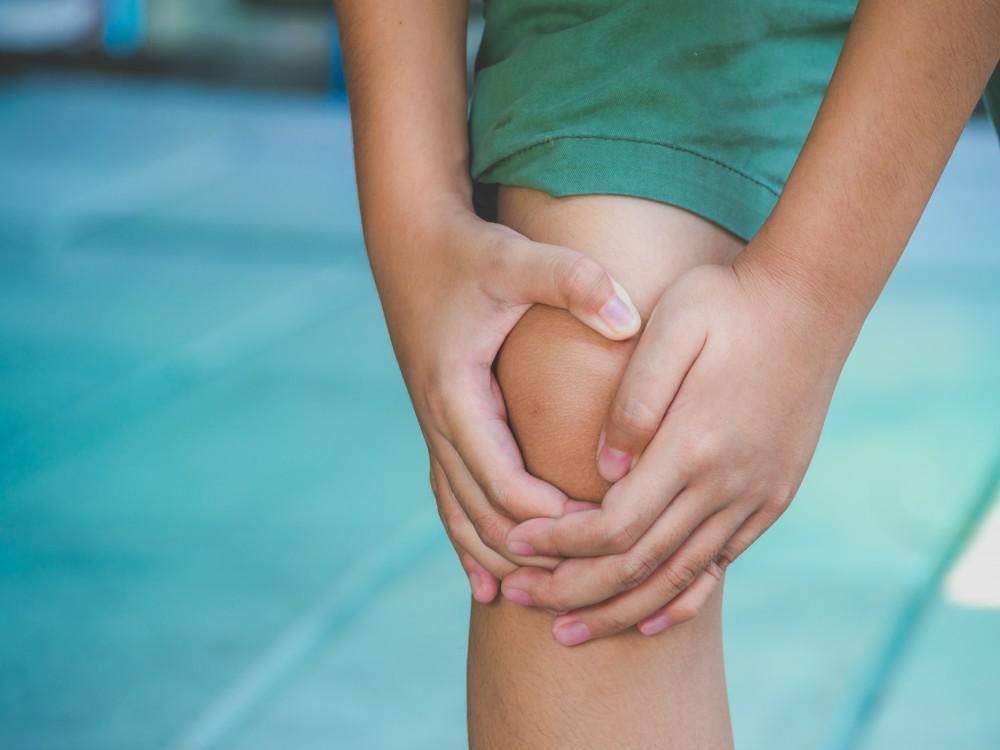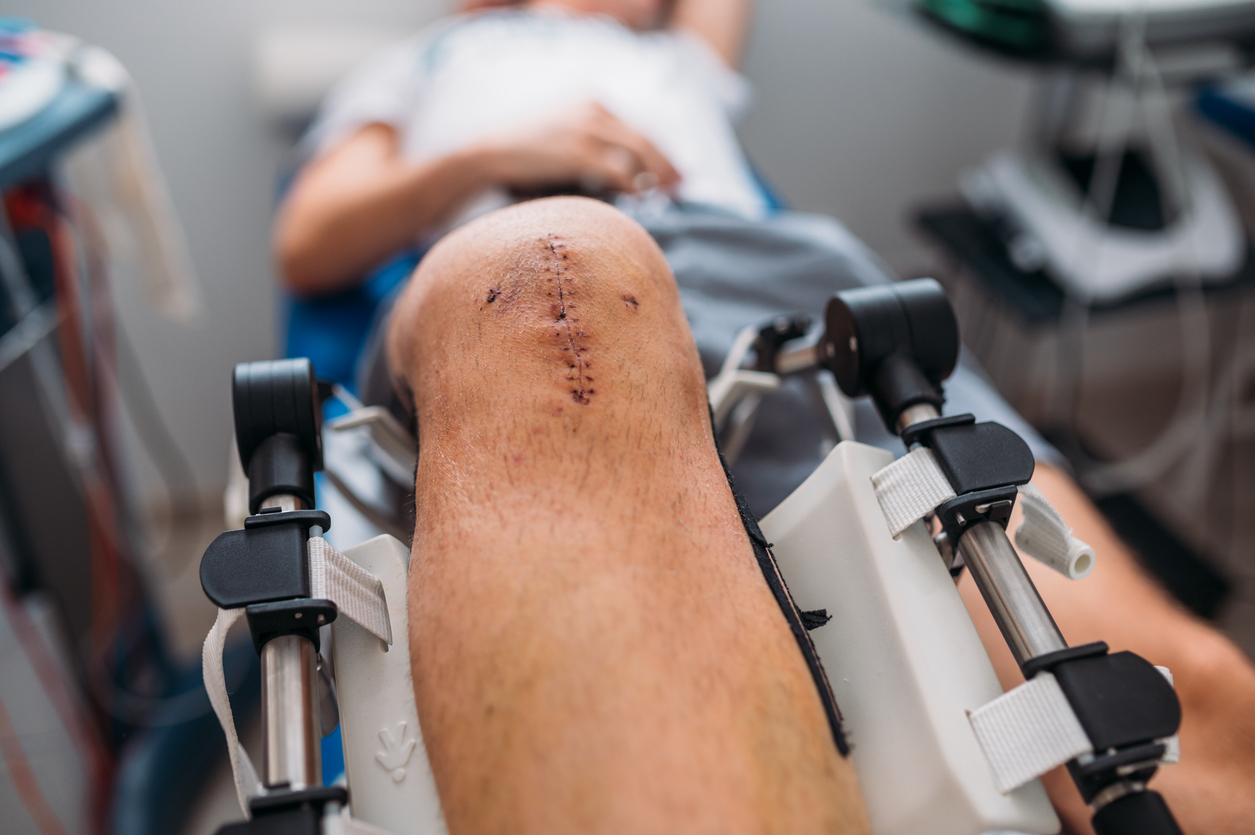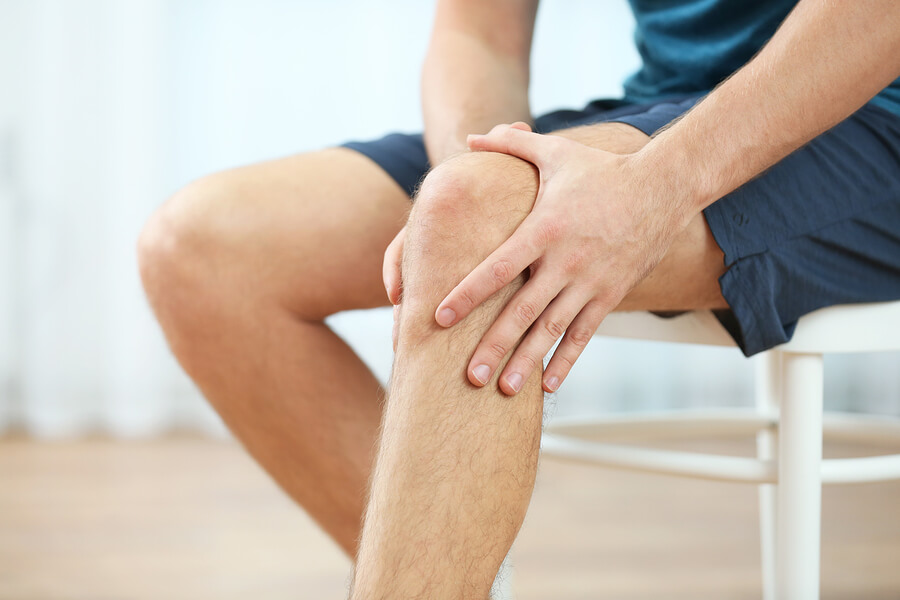Heel pain is a common issue that brings many people to foot and ankle clinics. Whether it’s discomfort in your daily routine or pain that stops you in your tracks, it’s important to understand what might be causing your heel pain and how to treat it. Two of the most common conditions associated with heel pain are Plantar Fasciitis and Insertional Achilles Tendinopathy.
Dr Bernard Lau, Senior Consultant Orthopaedic Surgeon at The Orthopaedic Practice and Surgery, is a specialist in foot and ankle conditions. With years of experience helping patients manage heel pain, Dr Lau emphasises that understanding the root cause is key to effective treatment.
What Is Plantar Fasciitis?
Plantar fasciitis is one of the leading causes of heel pain. It occurs when the plantar fascia—a thick band of tissue running along the bottom of your foot—becomes inflamed. This condition typically presents as a sharp, stabbing pain on the inside of the heel. The discomfort is usually worse in the morning or after long periods of inactivity.
A major cause of plantar fasciitis is tightness in the calf muscles, which increases strain on the plantar fascia. People who spend long hours on their feet, athletes, and individuals with flat feet or high arches are at a higher risk of developing plantar fasciitis.
What Is Insertional Achilles Tendinopathy?
If your pain is concentrated at the back of the heel, near where the Achilles tendon attaches, you may be dealing with insertional Achilles tendinopathy. This condition involves the degeneration of the Achilles tendon, where it meets the heel bone. Similar to plantar fasciitis, tight calf muscles are often to blame.
Insertional Achilles tendinopathy tends to develop over time, especially in individuals who engage in repetitive activities like running, jumping, or other high-impact exercises. The pain is often aggravated by activities such as climbing stairs or running uphill.
First-Line Treatment: Calf Stretches
According to Dr Bernard Lau, for both plantar fasciitis and insertional Achilles tendinopathy, the first line of treatment is calf stretches. Stretching helps to alleviate tension in the calf muscles, reducing strain on the plantar fascia and Achilles tendon. Incorporating daily stretching into your routine can provide significant relief.
Other Treatment Options
If calf stretches alone don’t improve your condition, other treatments are available. Dr Lau may recommend steroid injections to reduce inflammation or shockwave therapy to promote healing in the affected area. In severe cases, surgical options can also be explored under Dr. Lau’s specialised care.
Heel pain can be frustrating, but with the right approach, most people find relief. Dr. Bernard Lau suggests starting with calf stretches, and if your pain persists, consult a specialist for further evaluation and treatment options. Don’t let heel pain hold you back from doing the things you love!

